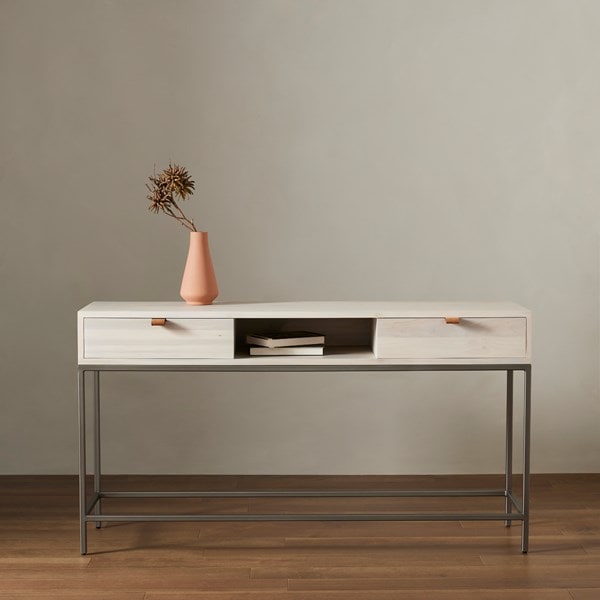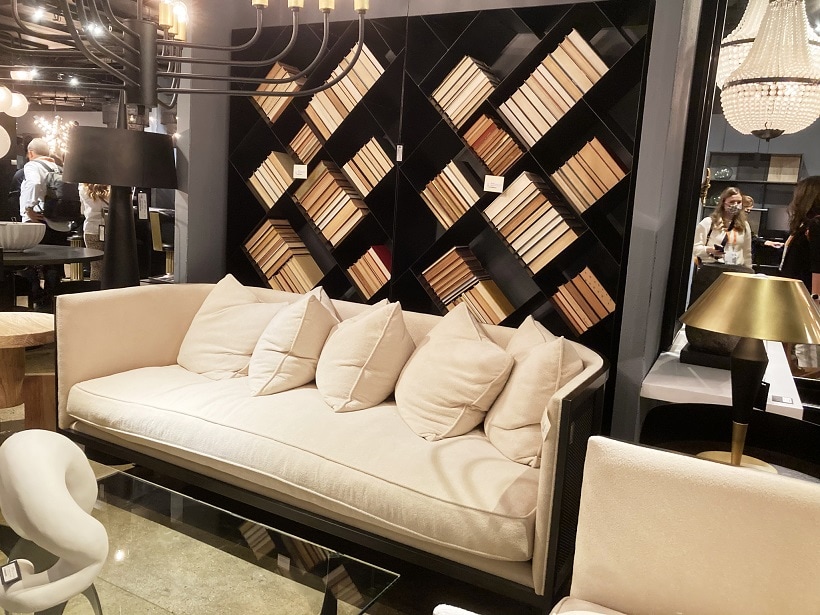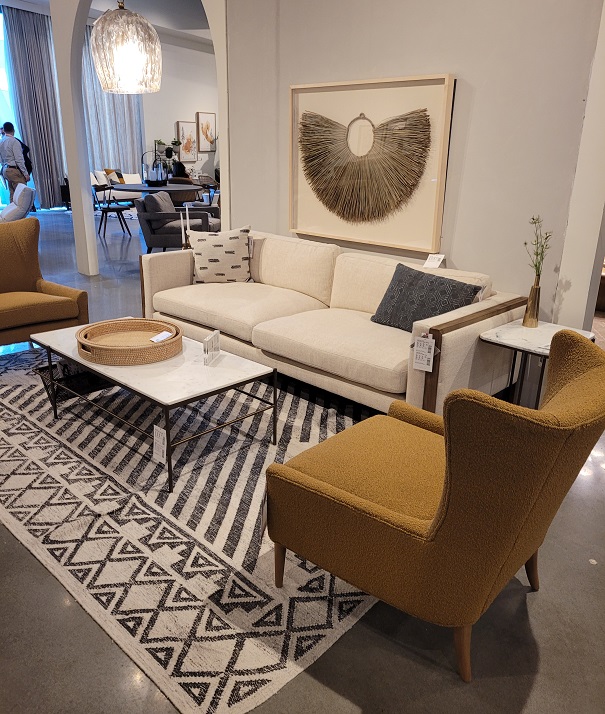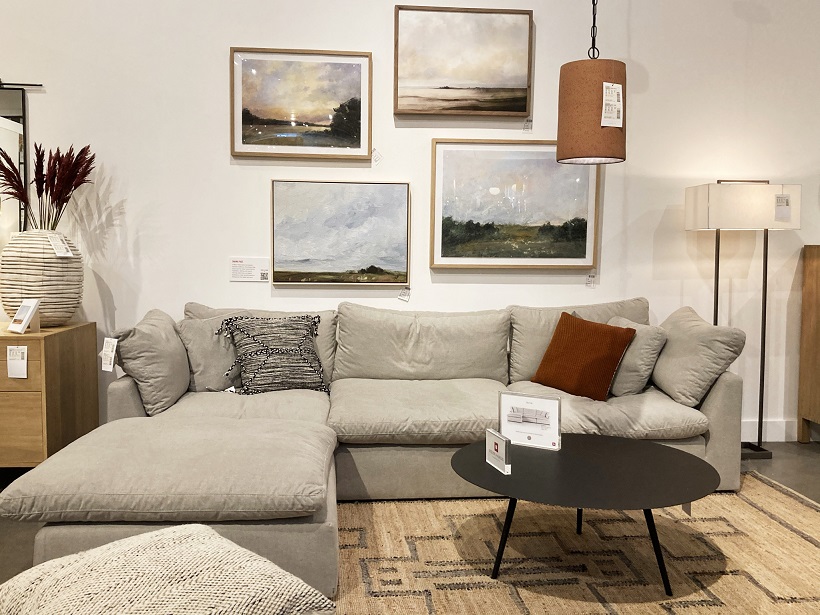
Symmetry, asymmetry, rhythm, static and other techniques that will help you achieve the perfect setting.
Symmetry
One of the easiest composition techniques to implement is symmetry. It will help out in many situations:
- if the design lacks organization;
- if the interior seems too airy, light, spineless;
- if it seems that the furniture in the room is arranged randomly and does not fit well with each other;
- if the eye has nothing to “catch on”, there are no accents or compositional center;
- if you need to clearly define the division of the room into zones;
- if you want to create a more static, calm, solid interior.

Asymmetry
Roughly and obviously breaking the symmetry, you will get another expressive technique – an asymmetrical arrangement of furniture or decor. What can it be used for:
- reduce the severity, pretentiousness of the situation;
- shift the “center of gravity” (a deliberate violation of symmetry attracts the eye, makes us focus on a certain area of the room);
- functionally arrange furniture in rooms of complex configuration

Rhythm
Using repeating elements of the interior in the interior, you can create a rhythmic composition that will be a very effective solution for rooms of any size. When is this especially true:
- there are no pronounced, clearly separated functional areas in the room, but I want to introduce an element of order;
- you are a fan of neutral colors and do not like patterns, but you want to enliven the atmosphere, make it not boring and interesting;
- you need to select one of the functional areas in the room.

Statics
Creating a static interior is not so difficult if you rely on a number of key points.
- Focus on pronounced vertical and horizontal lines.
- Choose more “heavy” furniture – on low strong legs.
- Introduce elements of symmetry.
- Focus on solid natural materials (wood, stone, metal).

What will give the reception of pronounced statics in the interior
- give weight to the atmosphere, make it visually more solid, expensive;
- emphasize the chosen stylistic solution (more often – classic, neoclassical, retro styles, but the technique can be appropriate in loft interiors, and in rustic-style rooms, and in others);
- create an environment “out of time”;
- turn the forced dense arrangement of furniture in a small room into a conscious compositional choice;
- emphasize the functional purpose of the room (study, bedroom).

Dynamics
The opposite of statics is dynamics. Perhaps, using this compositional technique is somewhat more difficult than others, but with our tips you will definitely cope.
- Leave enough free space in the room.
- Divide the room into asymmetrically located functional areas.
- Introduce lines and stripes into the design: vertical, diagonal (the choice of wall decoration, diagonal flooring, appropriate textiles and decor will help).
- Take advantage of asymmetry.
- Introduce elements of rhythmic composition.
- Add geometry to the interior.
- Place contrasting color accents.

Why create a dynamic composition:
- revitalize the situation, move away from static;
- emphasize the functional purpose of the room (decorate a living room for frequent reception of guests, a nursery or a teenager’s room);
- visually expand the room (most of the techniques for introducing dynamics into the interior also visually push the walls apart);
- divert attention from the shortcomings of the space configuration (the dynamic composition makes the eye “jump”, and the disadvantages of the room become much less noticeable);
- emphasize the chosen interior style (modern, hi-tech, eclecticism, fusion).

Dominant element
Another easy-to-implement, but rather effective compositional technique is the choice of a dominant. Make an object or group of objects stand out noticeably from the rest – and there it is, your composition center.
Why use dynamic composition:
- make a bright accent;
- draw attention to the desired part of the room, diverting attention from the rest of the space (relevant, for example, in the bedroom-living room or kitchen-dining room);
- raise the status of the interior (for example, a single bright and noticeable designer lamp can raise the status of the entire room);
- to give the space the right mood will instantly make the room more comfortable, and the colorful kilim on the floor will give the atmosphere fashionable ethnic notes);
- save money (if the main furniture does not shine with beauty and style, divert attention from it with a bright accessory).

Rule of three
A simple way out for those who want to correct the existing arrangement, stylishly arrange compositions on open racks and shelves, dilute the excessive pretentiousness of the symmetrical arrangement of furnishings is the placement of objects in groups of three.
The secret is simple: in most cases, our gaze perceives the composition of three objects as sufficient and complete.



